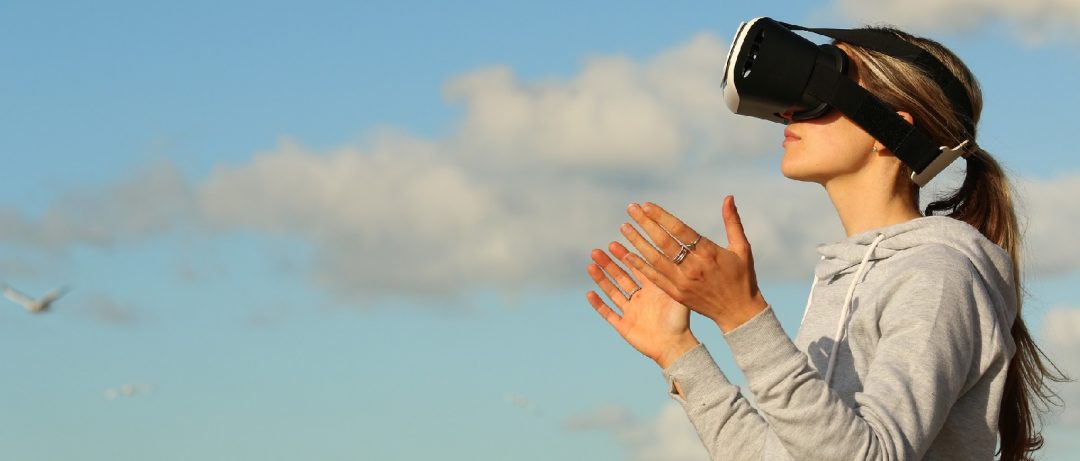TVs and smartphones that project digital images emit light all around them, as quasi-isotropic sources. Because the images are projected generally over the air without directivity, many viewers see the same image. In typical AR glasses, images are transmitted close to the eyes by a microdisplay that includes an optical system and an optical combiner.
These microdisplays create a small near-to-eye image, which is transformed by the optical system, enabling the user to see it despite the short focusing distance. The combiner superimposes the digital image to the viewers’ vision of the real environment.
Now, Leti, an institute of CEA-Tech, invented a transparent retinal-projection device that projects various light waves to the eyes from a glass surface. Images are formed in the retina by the interference of light waves, which eliminates the need for optical systems or combiners. The light propagating in the air does not form an image until it interferes precisely in the retina.
The development project focused on the design and numerical simulations of integrated Si3N4 optical components and the optical circuit at λ = 532 nm. It required building blocks for designing an optical integrated circuit capable of creating an array of emissive points. Starting with single-mode waveguides to efficiently transport light around the circuit, many other components were designed to manipulate light in different locations. Components for extracting the light, such as diffraction gratings, were also designed and simulated. The team minimized losses of different parts of the circuit, such as waveguide-bending areas, to increase energy efficiency of the system.
CEA-Leti’s integration of the device and its use of a holographic layer also allow creation of compact AR glasses with a larger field-of-view than existing systems, while the transparent retinal projection device allows ambient light to pass through the device for enhanced AR applications.
“Combining integrated optics and holography is a new research area for the scientific community developing display applications,” said Ph.D. student Basile Meynard. “It is also a way to imagine a display device that works more as a data transfer system than as an imaging system.”
The novel approach will require further development before it reaches the commercialization stage. In the medium to long term, the retinal projection concept is expected to support more compact and higher virtual-image quality applications similar to existing AR glasses.

















